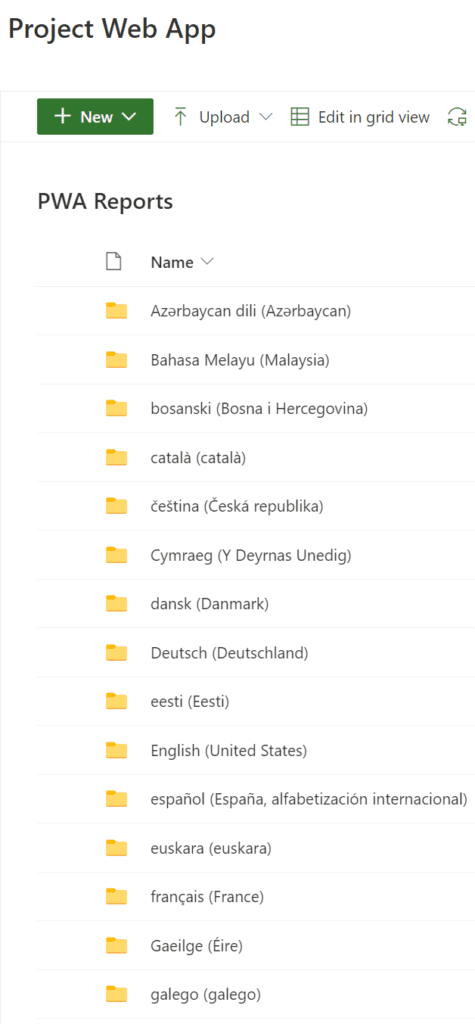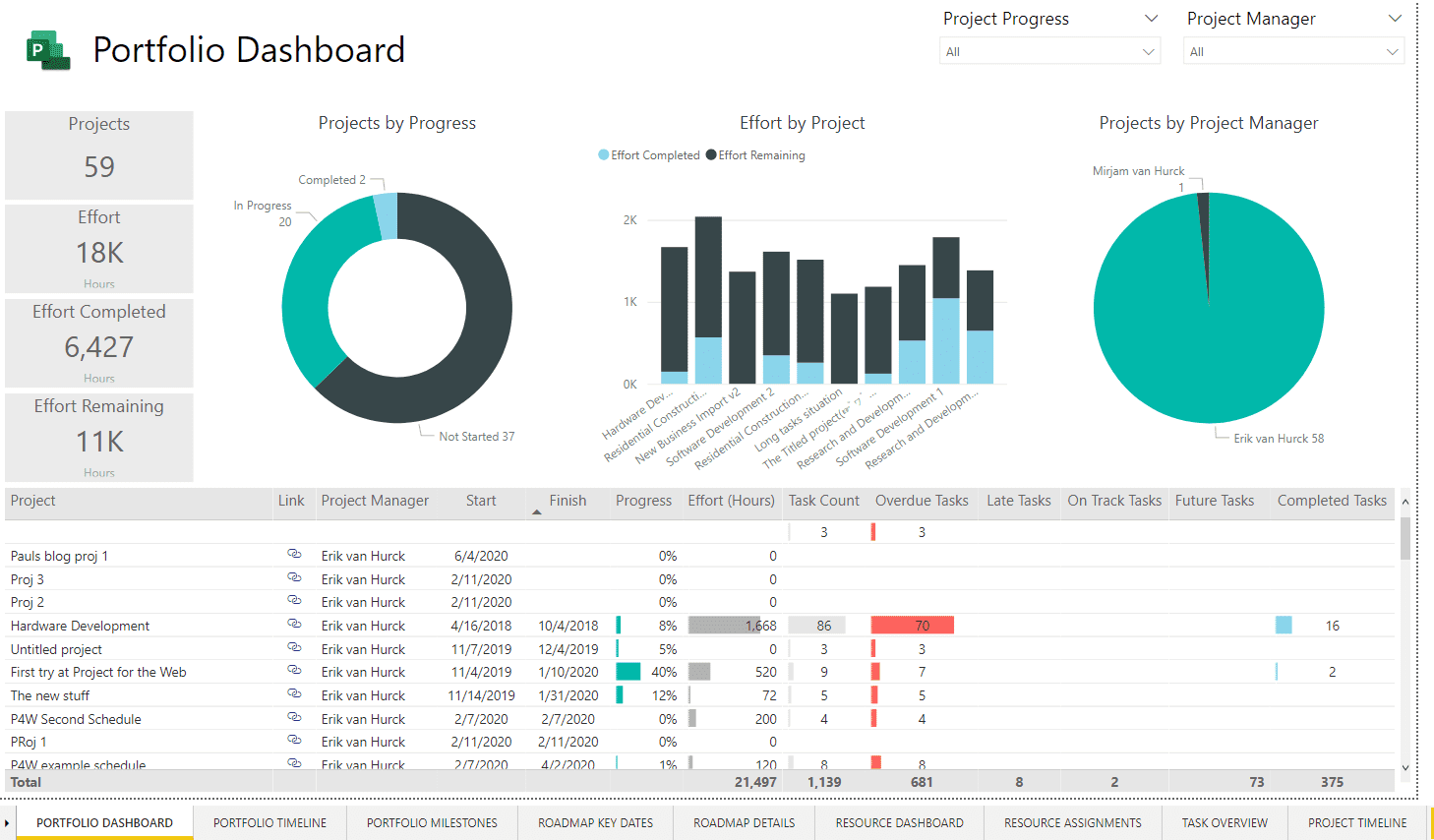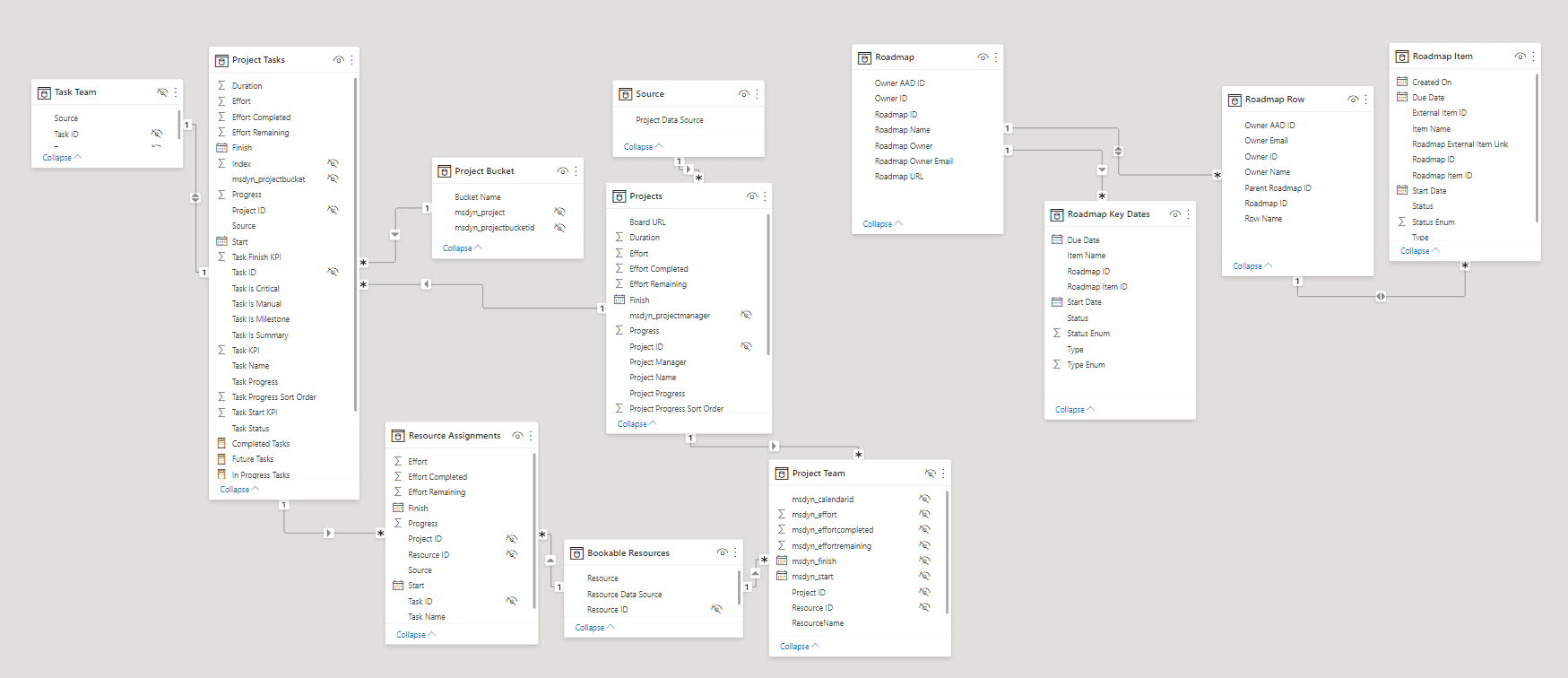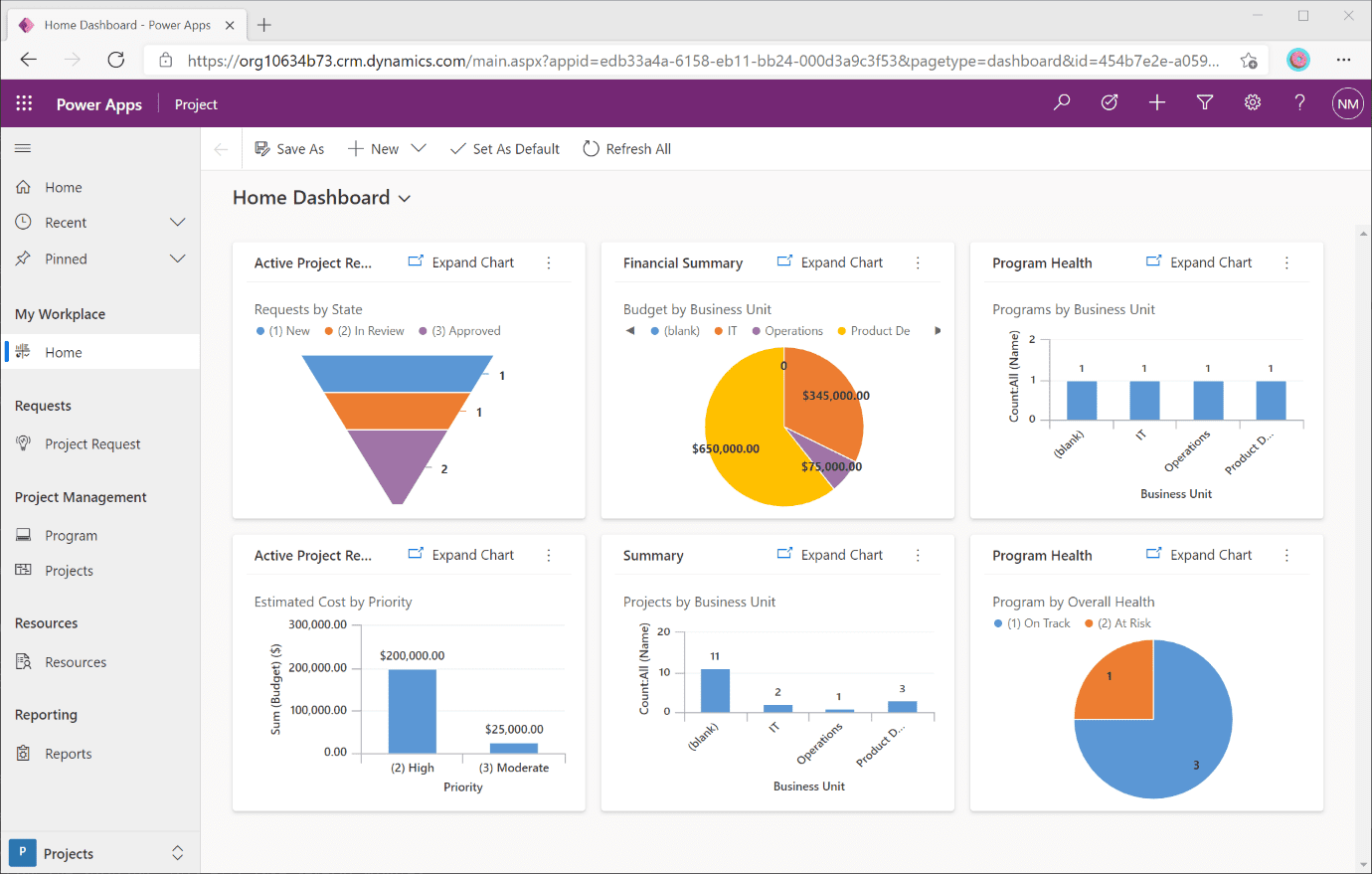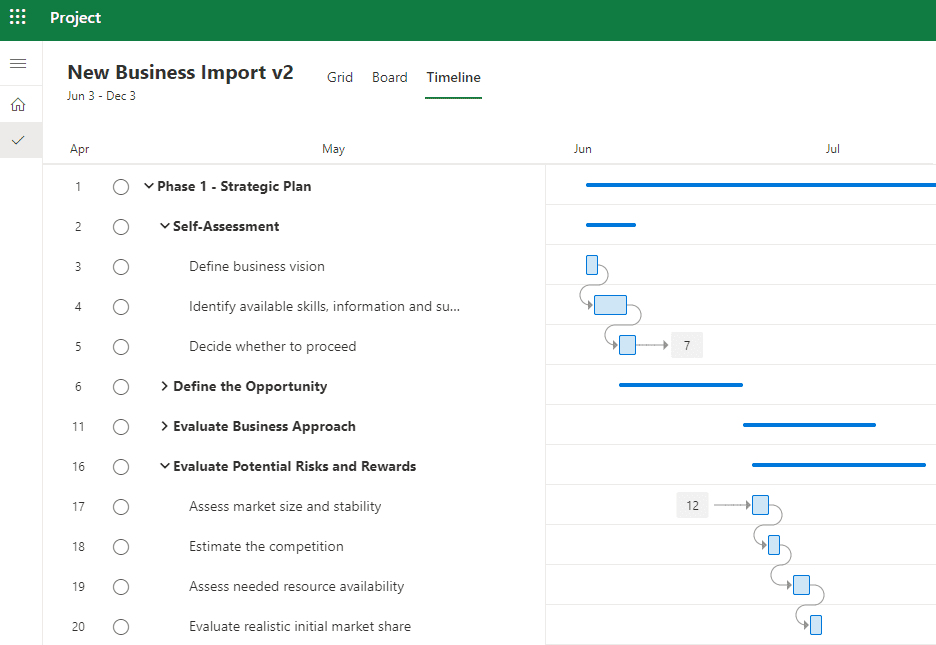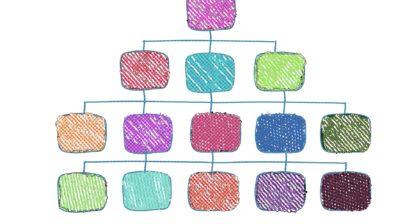In case you aren’t familiar with GitHub, I’ll start with a short introduction. Microsoft acquired GitHub in 2018. From Microsoft, “GitHub [is] the world’s leading software development platform where more than 28 million developers learn, share and collaborate to create the future” (source: https://news.microsoft.com/2018/06/04/microsoft-to-acquire-github-for-7-5-billion/).
Before you click away because you saw the word “developers” in the above sentence, please remember you’re reading a quote from an article published when GitHub was first acquired. Since 2018, the platform has grown quite a bit. Of course, it can still be used to help developers as we will cover below, but it’s since grown into a platform for other solutions, as well. In general, GitHub can now be considered a great source of free content provided by Microsoft itself and the community at large. The phrase “sharing is caring” rings true in this case. Let’s dive in! I’ll be providing some links to GitHub related to reporting, Power Apps, community content, and obviously Microsoft Project.
GitHub and Reporting Content
Accessing Project Online or Project for the web content for reporting purposes can be a daunting task. There are so many tables to be aware of, so many relationships to build, etc. The fact that neither application comes with any “out of the box” reports makes it challenging. Sure, Project Online has a reporting folder (in every language it could find), but I haven’t seen any organization use that folder as a starting point for reports yet!
The good news is we can turn to GitHub for a nice set of reports—related to Project Online, Project for the web, or both!
Reports can be found at this link: https://github.com/OfficeDev/Project-Power-BI-Templates
From this platform, you can build company specific reports from templates. They contain portfolio, project, task, resource, assignment, and even issue and risk options. Be aware, though, that these templates are built with a generalist mindset. Reports need to fit all organizations and won’t contain any custom fields from the start.
Adding your own custom fields can be done through the Transform data menu.
Lucky for us, Microsoft already has a good relationship diagram set up in these report templates:
GitHub and Power Apps
The best example for GitHub and Project related Power Apps is the Project Accelerator. This solution can be installed for your organization when you have Project for the web and admin rights to a Power Apps environment. It’s free of charge just like most of the content on GitHub, and installation upgrades your Project for the web application substantially.
With the Project Accelerator installed, you’ll have options to build requests, programs, and risks—all of which are great additions to the application because Project for the web so far only allowed for the creation of lightweight projects.
Check out my video here for an in-depth explanation of how to install Project Accelerator.
GitHub and Community Content
Everyone can create content and share it on the GitHub platform. Some of my Project MVP colleagues have done this. Below you can find links to each of their contributions. If you know of more content others have posted on GitHub, please share it in the comments below.
Peter Kestenholz has a Power Apps solution that provides a nice set of icons you can use in any model driven power app. I’ve used this solution in the previously linked to Project Accelerator video.
Ben Howard has two nice contributions, as well:
- Exported planner files in Power BI (he’s also mentioned to me that he is working on a Power Automate solution, so keep an eye out for more content from Ben!)
- A content pack for POL, including currency choice and time phased work assignments.
Brian Smith told me he has contributed Python sample code that does AHP calculations similar to those used in Project Online for portfolio analysis. Take a peak here. Brian has also some collected samples for Planner and Teams integration from the Admin Center. He’ll be updating this link shortly as the Communications API has moved over to Graph too.
And from Antti Pajunen: “If anyone is doing Power Automate, PVA, or Power Apps things around P4W, then PnP with my power platform samples could be a really great place for them [to look].”
Last, but not least, Sai Prasad B has an excellent solution to remove 0 duration projects, as well as nice flow examples that will likely be of interest to anyone using Power Automate from a Project Managers perspective. Go to: https://github.com/saiprasadb365/Project-Dynamics-Issues/tree/master/Flow%20Examples.
GitHub and MS Project Content
GitHub is still also a developer platform, which means that if you are a developer, or if you need content that helps you understand the mechanics of Project Online, for instance, there is great content available for you! Here’s a few examples:
- https://github.com/OfficeDev/Project-Samples
- https://github.com/OfficeDev/Project-CSOM-Read-Enterprise-CustomFields
- https://github.com/OfficeDev/Project-REST-Basic-Operations
Be aware that the OfficeDev account has a lot (almost 450 repositories) to offer apart from the project content. There might even be something there unrelated to project that strikes your interest.


